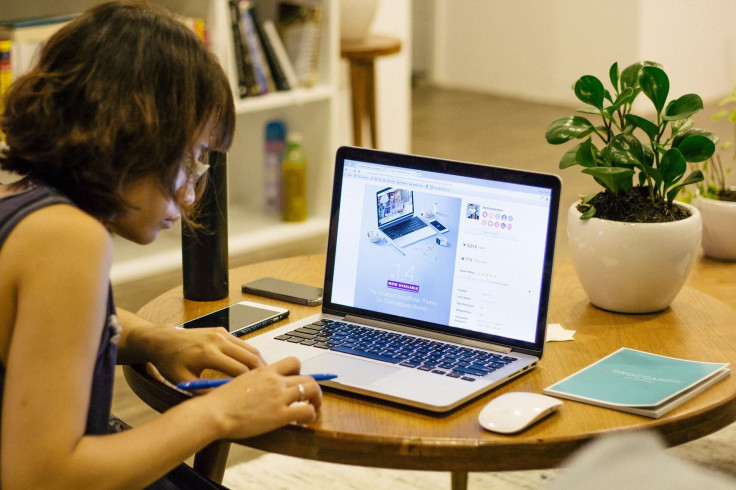How Businesses Are Enticing Workers Back To The Office During COVID-19
KEY POINTS
- The COVID-19 pandemic has forced companies to shift away from lavish in-person benefits and workplaces
- They have instead begun offering to subsidize safer commutes and repurpose unused offices as remote learning spaces for employees' children
- Businesses aren't going to abandon physical office space in any permanent capacity, instead rethinking it as a place more for collaboration and innovation than everyday labor
Companies nationwide are switching up their benefits -- and rethinking their office space -- to get employees back into the office after months of working from home during the first surge of the coronavirus outbreak.
They're offering subsidies for parking and bus and subway fares. They're offering indivudally wrapped snacks. And they're even offering a place for the kids to study in the office if they're learning remotely, the New York Times reported.

In New York City, a leader in reshaping perks is SL Green.
“People, I believe, do want to come into work, but they have to know that they get their basics covered,” said CEO Marc Holliday told the Times.
The real estate giant is bringing in individually wrapped pizza for lunch as well as paying for half of the monthly parking rate and providing in-home child care for parents who come into the office.
And workers themselve are being made to feel more safe at their desks. Cubicles are 6 feet apart with plastic barriers that stand more than 6 feet tall.
Financial media conglomerate Bloomberg LP, works are getting a $75-a-day-break on their commuting costs -- about $1,500 in a month.
And the list goes on: subsidized parking by the New York Stock Exchange, free lunch in Goldman Sachs' cafeteria.
Another media conglomerate, Hearst, and banking'sJP Morgan Chase are lending a hand with child care, too.
At SL Green, the kids who are learning remotely come to the office. They study in offices and conference rooms that aren't being used -- at least right now -- and they're being monitored by company-paid tutors. The company even pays for tutors.
“They each have their own offices,” property account Francisca Lopez told the Times of her 6-year-old son, Ian, whose classroom is an empty office. “It’s the best incentive for me to come to work every day.”
And when anyone gets hungry, SL Green has individually wrapped foods to take the edge off.

“When you really peel it away, work from home, this concept of everyone, of everybody isolating at home, and all the inefficiency it brings, is in my mind a very slow cancer that is very silent but growing on this economy,” Mr. Holliday said.
Still, many companies nationwide have been slow in calling their workers back into a shared space where the chances of spreaking the infection skyrocket.
New York City, for example, has only about 10% of employees who have come have returned to Manhattan. The rate is only slightly above San Francisco, where ever-innovating tech companies have pivoted from lavish offices to expansive work-from-home programs.
What the shift might mean is less collboration, less spontaneous brainstorming, Google's former head of human resources, Laszlo Bock, told Fortune.
“It was kind of like an arms race,” Bock said. “It was about creating moments of serendipity. Google News famously grew out of two engineers talking in line.”
Other workers besides those in the tech world also recognize the value of being in the same place as co-workers. One is an employee for the Manhattan office of L’Oréal, where employees work two weeks a month in the office.
“The hard thing about it is when I do go into the office," the worker told the times, "most of my team is at home, so I still have to do all of my meetings virtually.”
© Copyright IBTimes 2024. All rights reserved.





















